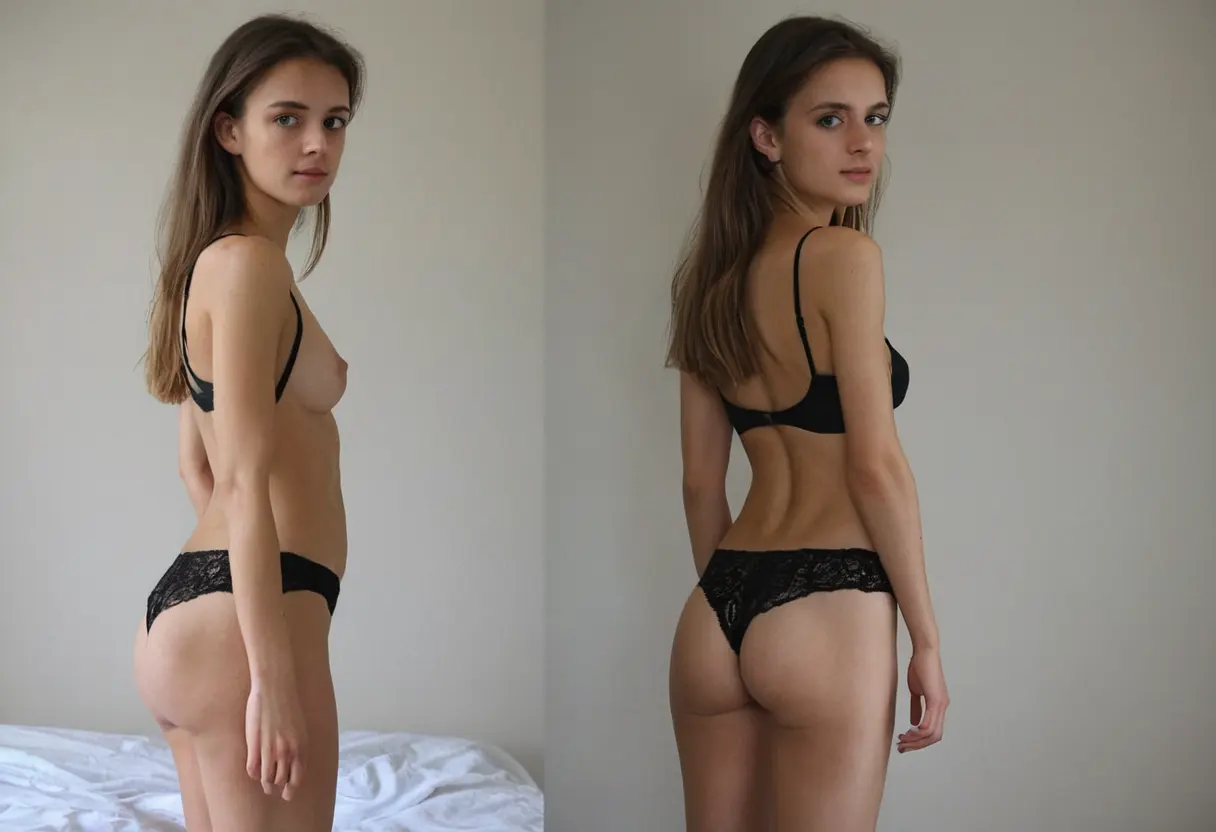
In an era where digital privacy is increasingly under threat, the use of artificial intelligence (AI) to enhance privacy protection has garnered significant attention. One of the most innovative uses of AI is in the automatic undressing of images. This refers to AI's ability to remove sensitive information, particularly images of people, to ensure greater privacy. Whether it's for personal data protection or for safeguarding users in a professional context, AI technologies are developing rapidly to assist in this critical task. In this article, we will explore how AI can be leveraged to automatically undress images and how this process plays a vital role in protecting personal and sensitive information. We will cover the technology behind it, its applications, benefits, and challenges, and why this is becoming a key aspect of privacy measures.
AI-based image undressing is the process by which AI algorithms detect and obscure specific areas of an image that reveal sensitive or private content. This is often done by blurring, pixelating, or covering parts of an image that contain nudity, exposing personal body features, or any other private visual information that could violate an individual's privacy.

The technology behind this process involves deep learning, a subset of AI, which is trained to recognize body parts and differentiate between appropriate and inappropriate visual content. This allows the AI to "understand" the context of the image and apply necessary changes to protect privacy. For example, in a photograph of a person, AI might automatically blur the areas that display nudity while leaving the rest of the image intact.

AI image undressing relies on deep learning algorithms, particularly convolutional neural networks (CNNs), that are trained on large datasets containing various images. These networks learn to identify specific objects, shapes, and patterns within images. When it comes to undressing images, AI systems use several key steps:

AI's ability to undress images has significant implications across various sectors. These applications help to maintain privacy while still preserving the integrity of the image's content. Some of the main areas where AI-based image undressing is utilized include:
The integration of AI into image privacy protection offers numerous benefits, which extend beyond just protecting nudity. Some of the key advantages include:
Despite its benefits, AI-based image undressing technology faces several challenges and ethical concerns. One of the primary challenges is the accuracy of AI in detecting and undressing sensitive parts of images. Incorrect detection could result in false positives or negatives, which may either obscure important image content or fail to protect privacy effectively.
Another concern is the potential misuse of AI technologies. For example, there could be malicious actors who use the technology to alter images for unethical purposes, such as creating misleading deepfake content. This brings attention to the need for robust ethical guidelines and regulations surrounding AI image editing tools.
AI-powered image undressing is an innovative solution to a growing privacy concern in the digital world. With its ability to automatically detect and obscure sensitive content, AI plays a crucial role in enhancing privacy protection, whether in social media, healthcare, or security. While there are challenges, such as ensuring accuracy and avoiding misuse, the potential benefits of this technology cannot be ignored. As AI continues to evolve, we can expect even more sophisticated privacy tools to emerge, further safeguarding personal information in an increasingly digital world. Adopting AI in privacy protection systems is becoming essential for both individuals and businesses looking to maintain a secure online presence.